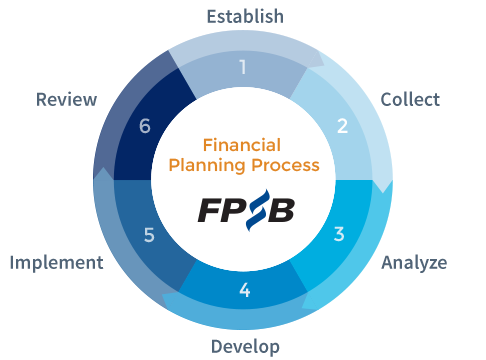
You’ve probably heard about trading and the stock market, and you may have even thought about investing some of your money. If you haven’t, you really should reconsider. There are benefits to investing, and with the right training, including taking Forex training for beginners, anyone can learn what it takes to make this endeavor lucrative.
If you think about it, there are really only two ways to make money: by working (either for yourself or someone else) or by having your money work for you. Trading and the stock market are how you get your money to work for you. Of course, unless you inherited an obscene amount of money, you probably have to work to get the capital to invest. There’s nothing wrong with that. However, if you decide you want to stop working and make your money work for you, then you’ll have to know how to accomplish that goal.
If you’ve thought about getting into investing but haven’t taken the plunge, you should rethink your decision. Below are some reasons why you should consider taking Forex trading for beginners and then get into trading.
Increase Your Income
One of the main reasons that people get into trading and investments is to increase their income. There is always risk involved when it comes to this endeavor, but if you have the right knowledge and skills, you’ll be able to recognize these risks and minimize your losses. If you currently have money in savings, this could be helpful on a rainy day, but it could also be doing so much more.
After obtaining stock market and trading knowledge, you can take your money and invest it in something that will increase your income. This is a great way to get the things you’ve always wanted or to help pay for significant expenses, including retirement or tuition for your child’s education.
Financial Security
If you’ve ever had to live paycheck to paycheck, you know how stressful this can be. You do what you can to make your money pay for the necessities, including keeping a roof over your head and food on your table. You hope that an emergency never arises, as you will struggle to pay for the expense.
When you learn how to trade and have your money work for you, you can obtain the financial freedom you’ve always dreamed about. It doesn’t take much to start an investment account, and with the right choices and market knowledge, you can grow those funds so that you never have to worry about money again.
Increased Economic Knowledge
You may choose to believe it or not, but money does make the world go around. Understanding the fundamentals and details of exactly how that works can give you greater insight into the world. When you learn Forex trading for beginners, it opens up new possibilities and a greater understanding of what it takes to be successful. You’ll also have access to valuable resources and experts, which is what you need to make your money work for you.
If you’re looking for a way to earn some extra money in addition to your current job or to make trading your full-time job, you need to start at the beginning. By taking a course and learning the fundamentals, you’ll get the skills and experience necessary to be successful in your trading endeavors.






:max_bytes(150000):strip_icc()/basic_budget-965334246-5c48f63f46e0fb0001eaf86b.jpg)





